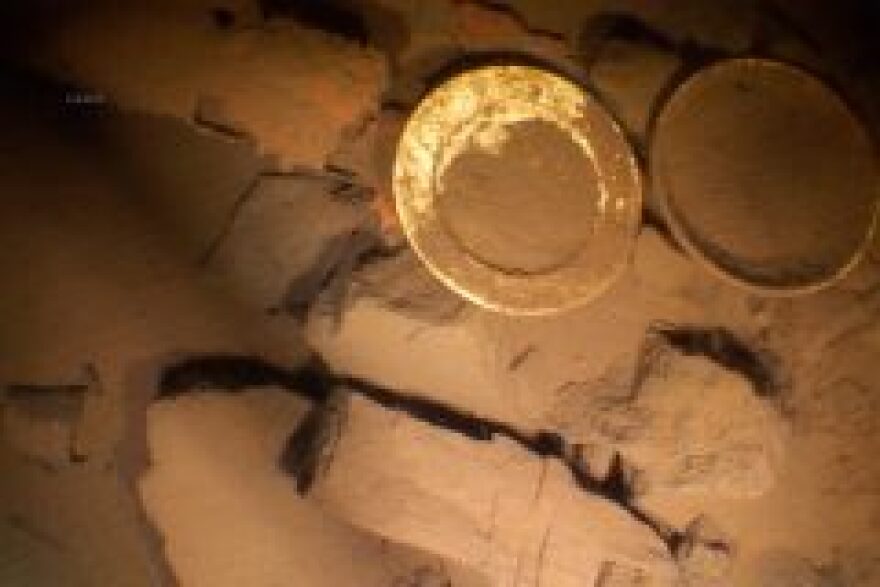A sunken ship dating back to 1869 has been discovered in eastern Lake Superior, near the Upper Peninsula's infamous "shipwreck coast."
There’s a reason Whitefish Point is home to the Great Lakes Shipwreck Museum. The open water of Lake Superior can be especially treacherous here, where ships have littered the lakebed for centuries.
The vessel called Nucleus sank with a load of iron ore 153 years ago. Its wreckage was first spotted using sonar in the summer of 2021, but the discovery was announced on Wednesday. Corey Adkins with the Great Lakes Shipwreck Historical Society said it typically takes a while for these findings to become official.
"It's not like putting a lure on a fishing rod and throwing it in the water," Adkins said. "It's a multistep process to identify these wrecks. So when we get that sonar image, we mark the coordinates and then we’ve got to go back with the ROV."
ROV stands for a "remote operated vehicle," used to photograph the ship under 600 feet of water. Experts compared those photographs with written historical records, and concluded they had found the Nucleus.

The vessel is a type of sail-powered ship called a barquentine. Historical records showed it was carrying iron ore east from Marquette in September of 1869 when it was caught in a powerful storm and went under.
Adkins said the ship’s final voyage wasn’t the first time it had been damaged.
"I mean, there’s eleven documented accidents that we have found out about," Adkins said. "We kind of nicknamed it 'the bad luck barquentine.'"
By law, the “bad luck barquentine” will stay underwater. But Adkins says the historical society plans to search for more debris from the ship this summer.



